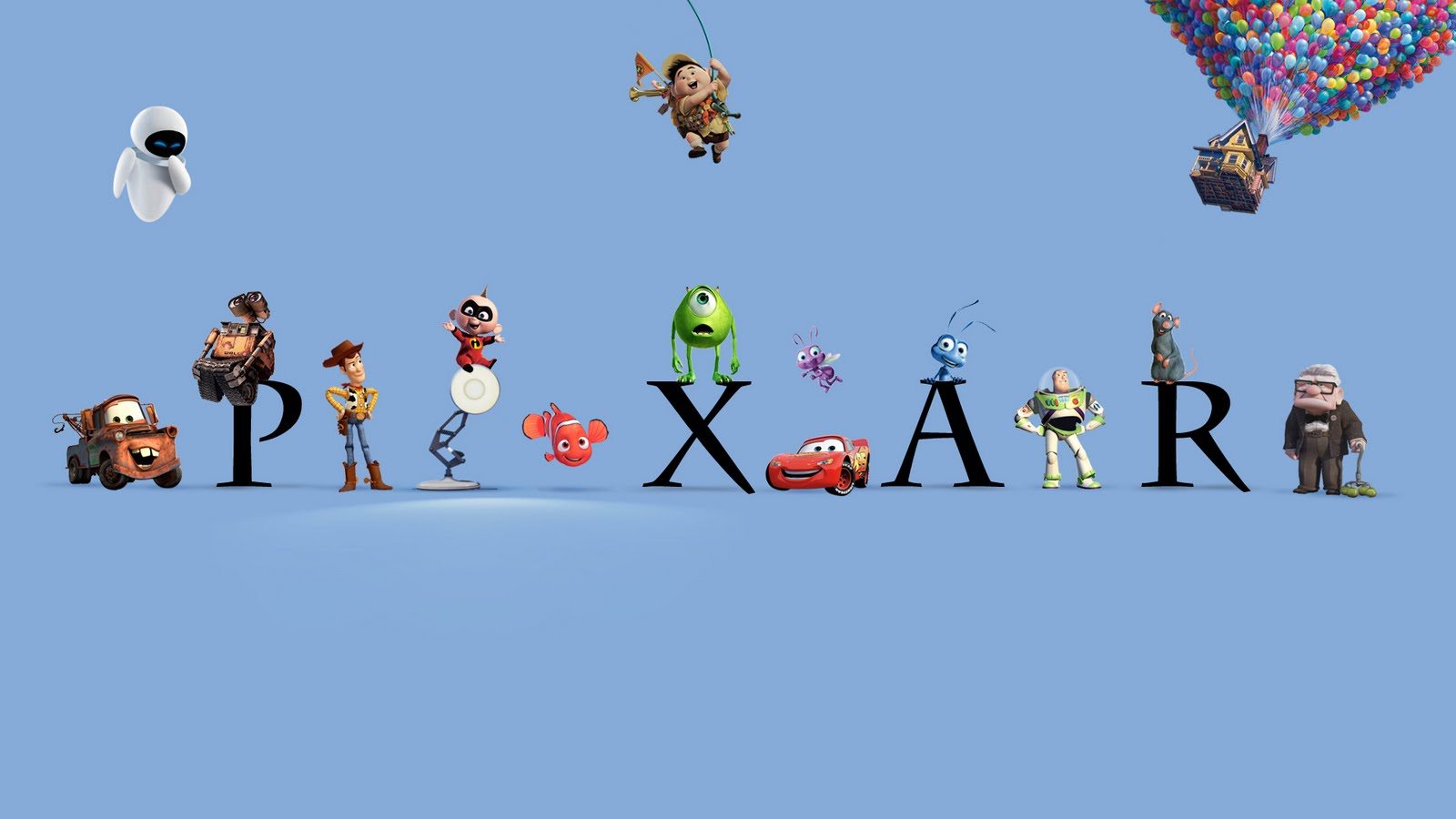Borítókép: jonnegroni.com
But hey – you might say – one Pixar movie has cars that can speak and no humans, while another has furry monsters, and a third’s got some technologically advanced fantasy creatures… How could they all possibly belong to the same universe? The answer is that they do happen in the same world, only at different periods of time. They create one giant and magnificent timeline from ancient times to the far, far away future.
Negroni’s work and other theorists
Negroni was inspired by a video about Pixar’s apocalyptic worldview. To him, this suggested that the different movies might be set in the same universe. He proceeded to work out a huge, unifying narrative in which all the instalments played a crucial part. He summarized his findings on the Pixar Theory website, and in a book that he published under the title of The Pixar Theory. Since then, more movies came out and he is currently working on a second edition of his book, in which he includes even more Pixar movies. Meanwhile, fans of Pixar and the Pixar Theory have worked out their own solutions to the problem of how to place new instalments into the theory.
One such example is Jonathan and Benjamin Carlin, a pair of YouTubers operating the channel called the Super Carlin Brothers. The two of them come up with their own idea of how to fit new Pixar movies into Negroni’s theory right after the release of each of them. Let’s now see the Pixar Theory in chronological order.
The Good Dinosaur
One of the lesser-known Pixar movies, The Good Dinosaur is very important in the theory. In this piece, we are introduced to an alternative world, where the asteroid that originally wiped out dinosaurs misses Earth. Dinosaurs survive, co-exist with humans and they actually develop in a similar way and gain human-like intelligence. This is where the history of the Pixar Theory starts.
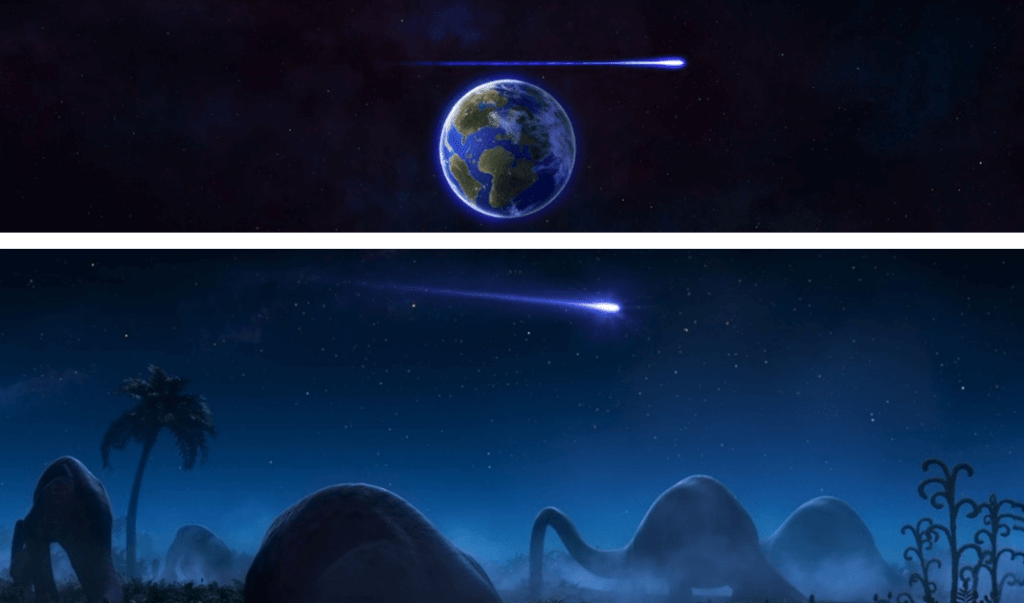
Brave
Many people think Brave is a Disney movie, and that Merida is a Disney princess, but this is not the case. The movie was released by Disney but Produced by Pixar Animation Studios. Brave also has a crucial role: the witch in the movie introduces magic to the world, carves bear statues, and turns wooden doors into portals among other kinds of magic.
The Incredibles
We are now in thee 1950s-60s. After intelligent animals, we also get intelligent machines. Syndrome develops technology so effectively that he creates Artificial Intelligence. Also, the government experimented a bit with “perfecting humans” and created some superheroes.
Luca
While Luca happens around the same time as the Incredibles, it’ll have a greater significance later in the theory.
Toy Stories 1 and 2
We arrive in the 1990s. Here, toys can come to life by harvesting the energy of human emotions – the emotions of children.
Finding Nemo and Finding Dory
Animal intelligence develops further at places where humans cannot see them: under the water. Here we can already see signs of the upcoming doom in the form of water pollution.
Ratatouille
A highly underrated Pixar movie, and a personal favourite. Here, a rat is exposed to strong human emotions (the ambition of Gusto and the love he has for cooking) and it allows him not only to present human-like skills and talent but to literally be the best chef in France.
Toy Story 3
An important piece of information is introduced: Buzz’s batteries are branded BnL. Buy n Large is a company in the Pixar universe that gains power over everything alarmingly fast.
Up
A further development in animal (and machine) intelligence is the collar in Up that allows dogs to talk. We can also see how Buy n Large is spreading all over the place – they are the company that wants to remove Carl’s house.
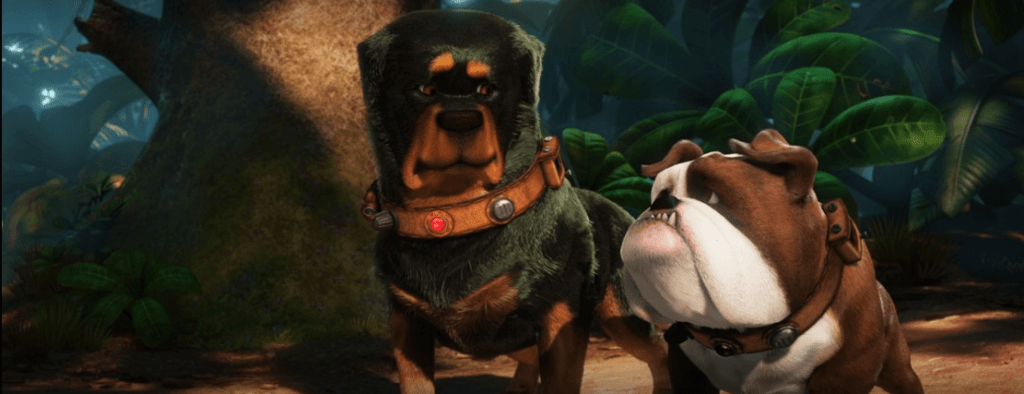
Inside Out
This movie is set in 2015 and reveals some very crucial information: human energy is created by emotions, memories, imagination etc. All of these can create power, which then can fuel toys for example.
Coco
Another example of the importance of human memory and emotions. The main idea of Coco is that you can exist in the afterlife after you have died, as long as a living person remembers you.
Soul
Soul is set in modern day New York. It gives us further information about the afterlife, which looks very different here than it did in Coco. According to the Carlin brothers, that’s because of the different belief systems Joe from Soul and the Mexican community from Coco had. Another interesting feature is that we see that souls can sometimes enter animal bodies as well, which might explain why certain animals have human-like intelligence.
Wall-E
By 2057, BnL rules the whole world. The planet gets polluted, humanity runs out of resources, consumerism is thriving, and there is overpopulation; whatever can go wrong it goes wrong. In 2105, humanity leaves Earth and goes to space where they can live on multiple space-stations until BnL’s cleaning robot, Wall-E cleans Earth and makes it habitable again.
Cars 1, 2 and 3
Humans are gone and machines begin to party. Cars come to life in a similar way toys did: they use the energy created by their ex-owner’s emotions. They copy the personality of their owners and come to life in the same order their owners obtained them. This explains why there are new generations of cars appearing, for example. Eventually, cars run out of fuel, as it is hinted at in Cars 2, and turning the planet into a brown, polluted mess that we see in Wall-E, they die out.
Wall-E again
Most of the action in Wall-E happens after humans have already spent a considerable amount of time in space. There, BnL’s machines achieved the company’s ultimate goal: they controlled humans completely. So much so, that the captain of the ship was actually prevented from seeing the evidence of Earth’s habitability by machines because the AI didn’t want humans to return to their natural habitat running around uncontrolled once again. Regardless, humans return to the still quite polluted Earth, and this pollution has an interesting effect on them: they begin turning into monsters.
Luca
Luca happened way back in the 1960s probably, but it foreshadowed the monster thing by featuring literal monsters living underwater parallel to humans. While humanity was away, underwater creatures might have survived. This idea is backed up by Cars where a living (and not car-like) crab makes an appearance. If the handful of remaining humans returned to Earth only to find a huge population of sea monsters possessing human intelligence, they might have merged with them and just completely evolved into monsters.
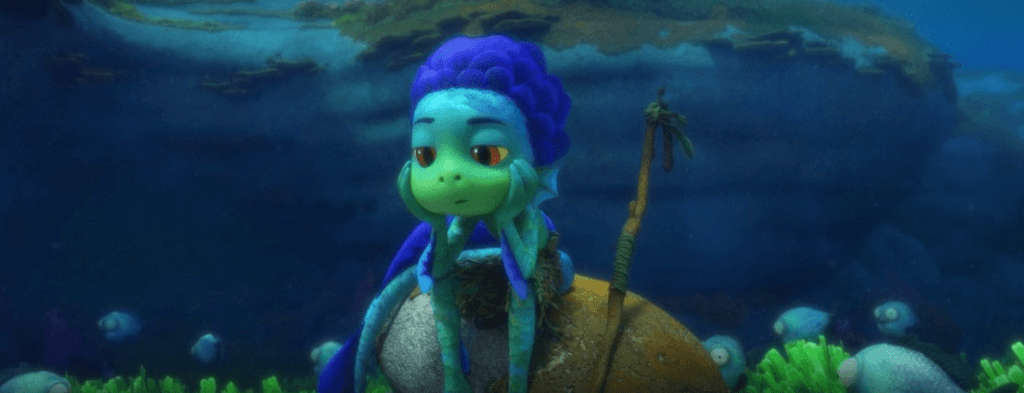
A Bug’s Life
While humans are turning into monsters, bugs are becoming very advanced, creating their own societies. All kinds of animals are gaining back their power and intelligence, but bugs are exceptional. They probably survived the centuries while humans were away and continued to develop (as it is hinted in Wall-E by the appearance of a cockroach).
Monsters University
The year is 3100-ish. Monsters (remember: ex-human monsters) rule Earth, but they need energy. Where does energy come from? It comes from human emotions, as it was established way back in Toy Story. The only problem is that humans are not around anymore. Monsters are therefore using their door portals that send them back in time to the human era, where they harvest human fear, turning it into energy that powers their society.
Monsters Inc
Not sold on the time travel thing yet? Did you know that Boo has a Jessie doll from Toy Story? It is confirmed through a series of hints that monsters indeed travel back to the time humans existed, and the idea is that human-time and monster-time move parallel to each other. Monsters start harvesting human emotions around the time of the Incredibles when crime rates were high and everyone was scared. But later, when BnL comes around and consumerism starts spreading, people are getting more comfortable and contentment and joy become the leading emotions. Take Riley from Inside Out for example: most of her memories are of joy. Monsters find less and less fear to harvest, and they enter into an energy crisis. By the end of Monsters Inc, they discover that joy can provide more energy, and they begin to harvest that instead.
Onward
For a long time, Onward seemed to break the Pixar Theory. Fantasy creatures, with advanced technology and developed societies, couldn’t be fitted into the timeline of Pixar-Earth. But the solution was literally above our heads: at the beginning of Onward, we see the sky with two moons on it, which suggests that we are not on Earth. Back in Wall-E we actually see multiple spaceships taking off, but in the end, only one of them returns. According to the theory, some of the other spaceships headed off to different parts of the universe, and one of them must have crashed on Onward’s planet. This is suggested by Raven’s point, a mountain, being shaped like the spaceship called Axiom from Wall-E, and by the appearance of Triple Dent Gum, which is a bubblegum brand that also made an appearance in Inside Out.
The idea is that the planet was originally populated by these strange creatures, which then interacted with the spaceship’s AI, learned all about life on Earth and technology, and became advanced. As for humans, they just quickly died out on this planet.
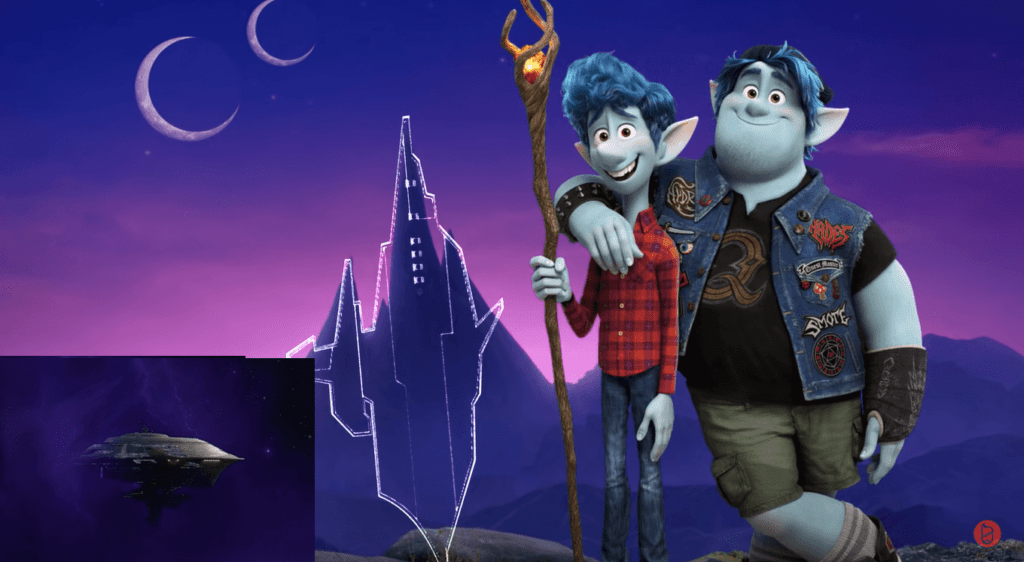
Back to Brave
This is where the Pixar Theory’s biggest plot twist comes. The old witch from Brave is the same person as Boo from Monsters Inc. Her witch’s hut is full of evidence. She literally has a carving of Sully from Monsters Inc on one of the wood chunks, she carves many-many bear statues (and Sully kind of resembles a bear), she turns doors into portals, just like the monsters do in Monsters Inc, and she even has a car carving – which is odd, because cars didn’t even exist back then. According to the theory, Boo grew up forever searching for her best friend from the future, but she obviously couldn’t find him. Negroni said her story isn’t complete yet, but the Carlin brothers think that she consciously decided to live in the past, so she can keep Sully’s memory alive forever.

Although the concept of a unified Pixar universe sounded far-fetched first, we can now see how each of the individual movies contribute to the greater picture. They all create a unified narrative, starting from the asteroid missing earth, all through different historical settings with humans, animals and machines gaining intelligence. At one point everybody leaves Earth, except for fish perhaps, and upon returning they turn into time-travelling monsters. Then it all becomes a loop with Boo going back to ancient times to live as a witch. It is a beautiful theory, and it seems to work. Pixar is releasing new movies every year, but the one that breaks the Pixar Theory is yet to come; if there will be such a movie at all.

